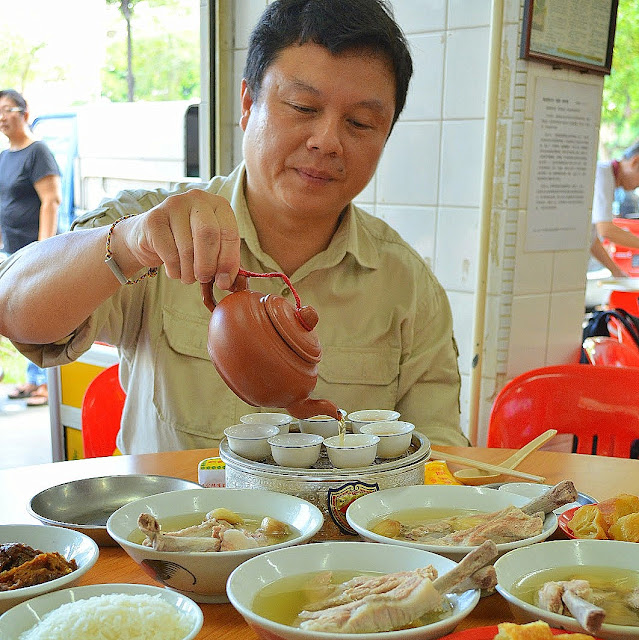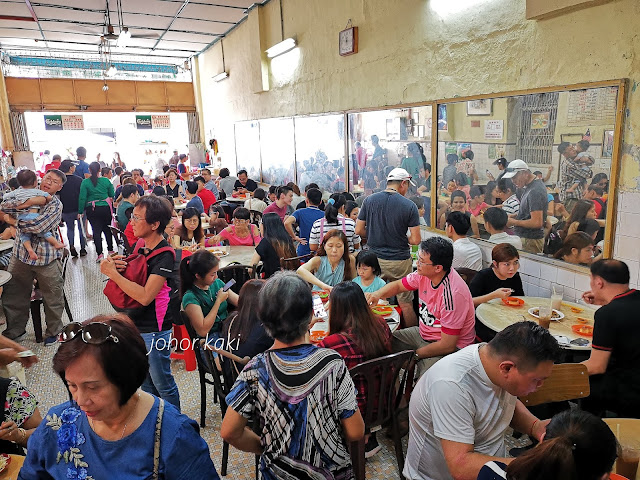 |
| Image credit: Wikipedia |
It is amazing that taking a walk in Singapore today (2020) we can still see the unmistakeable imprint of the Jackson Plan, drawn up just 3 years after Raffles first stepped foot on Singapore in 1819.
 |
| Image credit: Wikipedia |
 |
| Image credit: National Archives of Singapore |
 |
| Image credit: The Bute Archive at Mount Stuart |
 |
| Holland Drive Food Centre |
 |
| Image credit: Wikipedia |


|
| Pek Sin Choon Tea Merchants |
 |
| Image credit: Wikipedia |
 |
| Image credit: Wikipedia |
 |
| History of Bak Kut Teh |
 |
| Photo credit: Wikipedia |
 |
| Image credit: Wikipedia |
 |
| Thean Chun kopitiam in Ipoh, Malaysia |
 |
| Image credit: National Archives of Singapore |
 |
